
Lyrurus tetrix
Black pheasant, black chicken,Lyrurus tetrix,Black Grouse
The Black Grouse is divided into 7 subspecies according to feather color and···
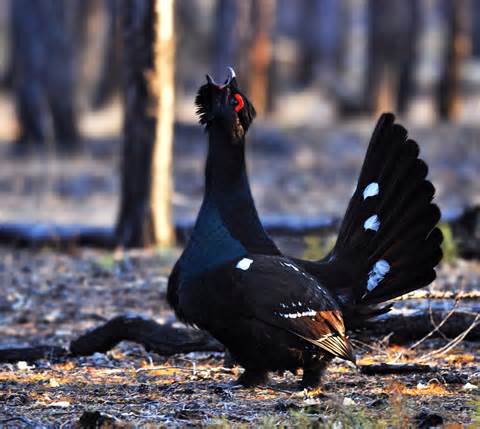
Tetrao parvirostris
Grouse, wood chicken,Tetrao parvirostris,Black-billed Capercaillie
The black-billed grouse is called Black-billed Capercaillie in foreign langu···
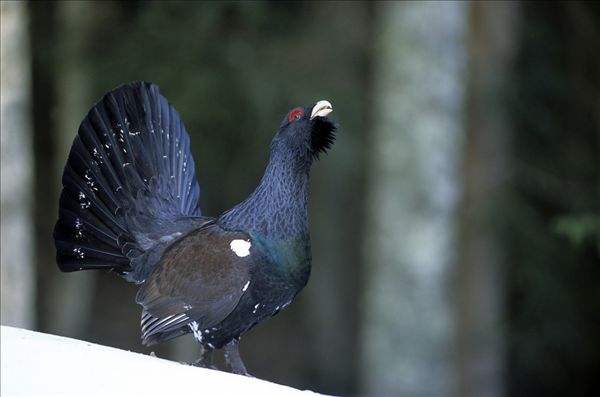
Tetrao urogallus
Common Grouse, Western Grouse,Tetrao urogallus,Western Capercaillie, Capercaillie
The grouse is called Western Capercaillie in foreign language. It has 12 sub···
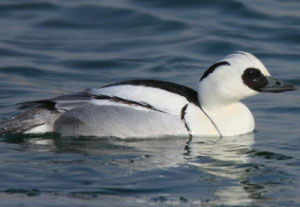
Mergellus albellus
Mergellus albellus,Panda duck, flower-headed saw-billed duck, fish duck, dog-headed merganser, lesser merganser, spotted merganser
The white merganser, also known as the spotted-headed merganser or panda duc···

Mergus merganser
Oriental Fish Duck,Mergus merganser,Common Merganser
The Common Merganser is the largest and most widely distributed piscivorous ···
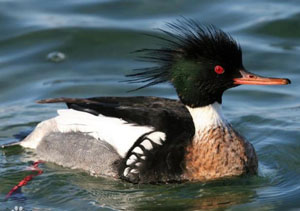
Mergus serrator
Black-headed Duck, Brown-headed Duck,Mergus serrator,Red-breasted Merganser
Red-breasted mergansers are medium-sized fish-eating ducks with long, thin, ···
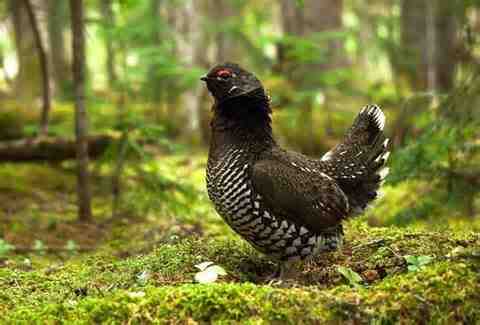
Falcipennis falcipennis
Falcipennis falcipennis,Siberian Grouse
Siberian Grouse has no subspecies.Siberian Grouse has no obvious migration b···
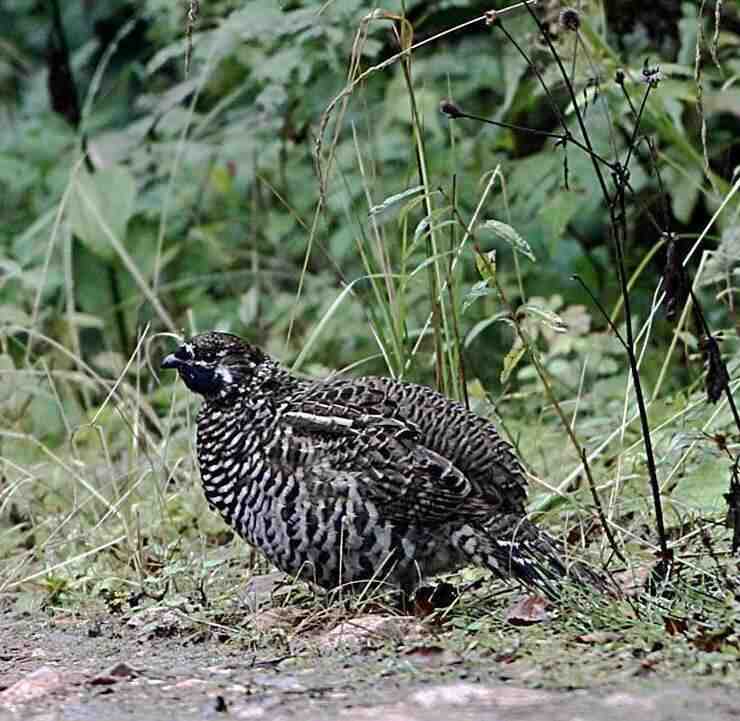
Bonasa sewerzowi
Lamb horn chicken,Bonasa sewerzowi,Chinese Grouse
The foreign name of the spotted-tailed hazel pheasant is Chinese Grouse, whi···
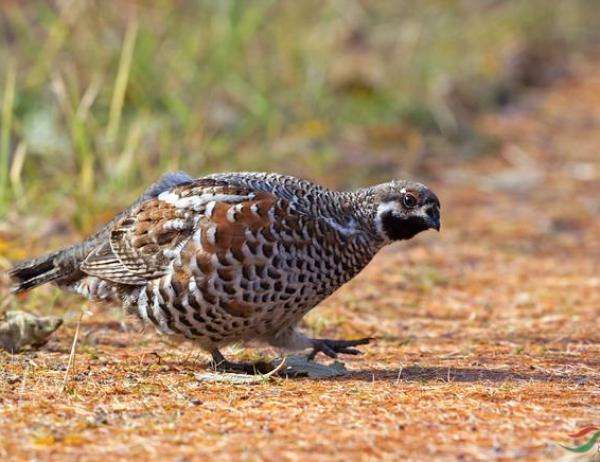
Bonasia bonasia
Flying dragon, grouse, tree chicken,Bonasia bonasia,Tetrastes bonasia,Hazel Grouse
The Hazel Grouse, also known as the Hazel Grouse in English, has 12 subspeci···
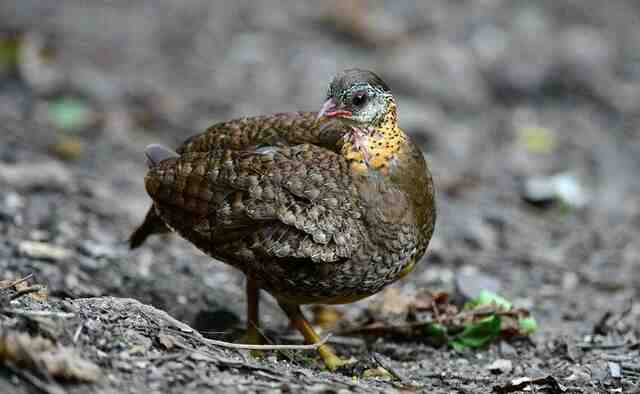
Tropicoperdix chloropus
Tropicoperdix chloropus,Green-legged Partridge, Green-legged Hill-partridge, Scaly-breasted Partridge,Arborophila chloropus,Scaly-breasted Partridge, Green-legged Mountain Partridge
The green-footed tree partridge was previously classified as the mountain pa···
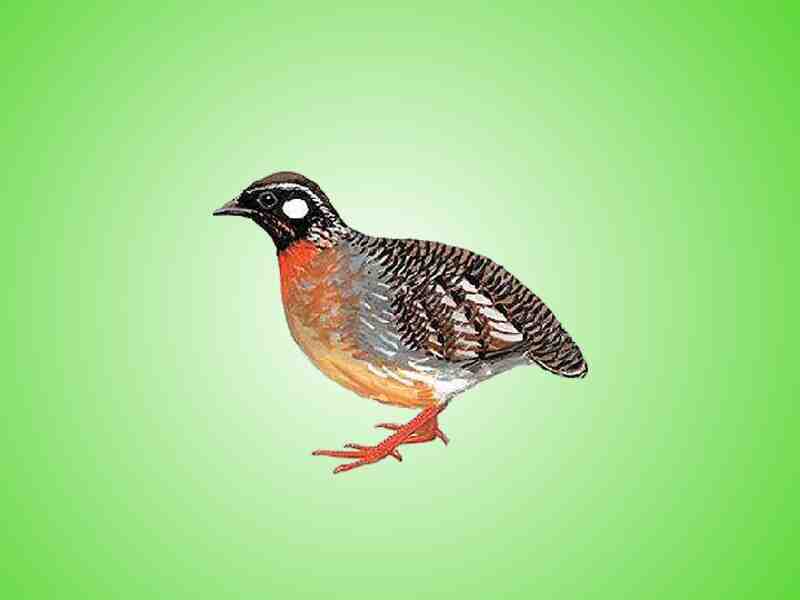
Arborophila ardens
Arborophila ardens,Hainan Partridge, Hainan Hill-partridge, White-eared Hill-partridge, White-eared Partridge,Yamaaka
Hainan Partridge is called Hainan Partridge in foreign language, and has no ···
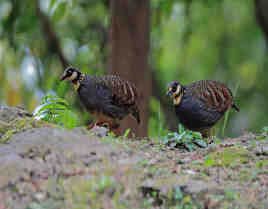
Arborophila crudigularis
Arborophila crudigularis,Deep Mountain Bamboo Chicken
Taiwan Partridge is known as Taiwan Partridge in foreign languages, and has ···
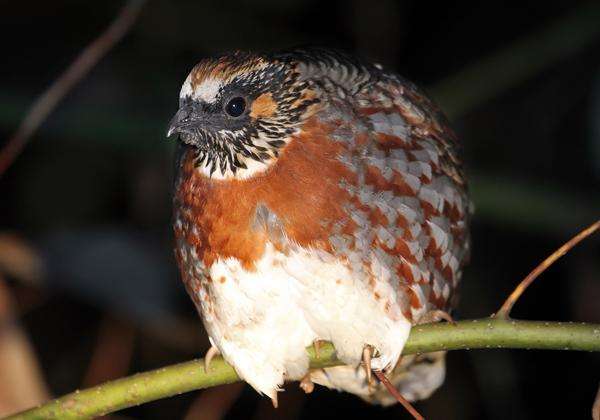
Arborophila mandellii
Arborophila mandellii
The Red-breasted Partridge is called Collared Partridge in English. It has n···
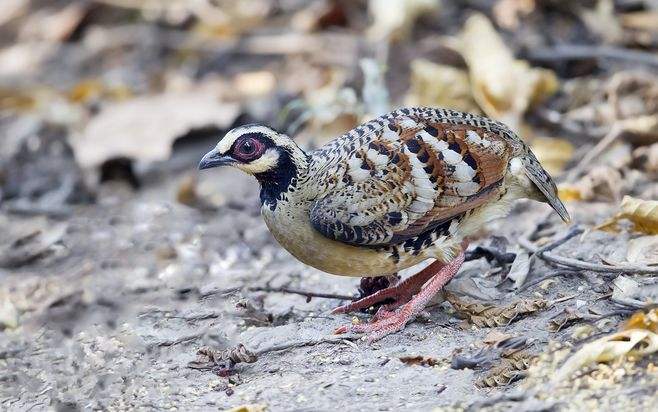
Arborophila brunneopectus
Arborophila brunneopectus
Brown-breasted Hill Partridge has three subspecies.Arborophila brown breast ···
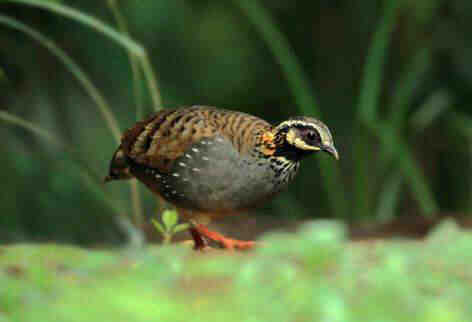
Arborophila atrogularis
Arborophila atrogularis
White-cheeked Partridge has no subspecies.Partridges often move in groups, c···
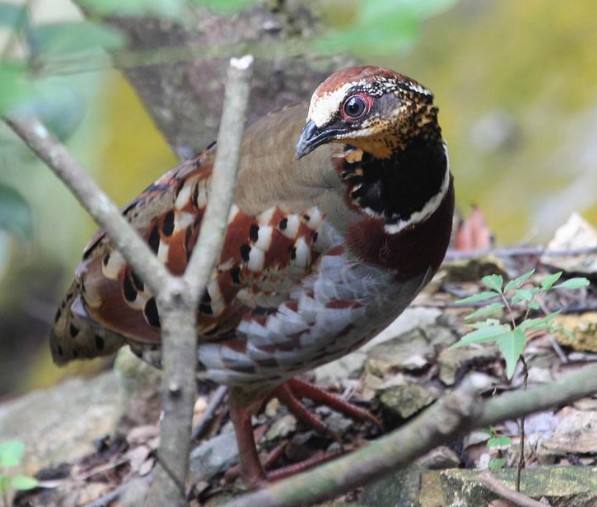
Arborophila gingica
Arborophila gingica,White-browed Hill Partridge ,Rickett's Hill Partridge,White-browed partridge, pheasant, Hsinchu Chicken
There are two subspecies of White-browed Hill Partridge.The white-fronted ar···
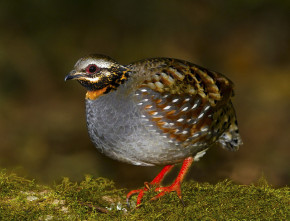
Arborophila rufogularis
Arborophila rufogularis
Rufous-throated Hill Partridge has six subspecies.The red-throated arboridge···
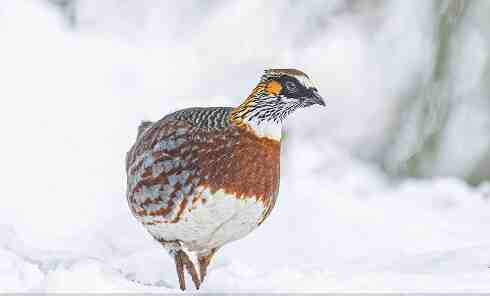
Arborophila rufipectus
Arborophila rufipectus,Sichuan Partridge,Bamboo shoot chicken, bamboo shoot chicken, and Tuo Tuo chicken
Sichuan Partridge, also known as Sichuan Partridge in English, has no subspe···
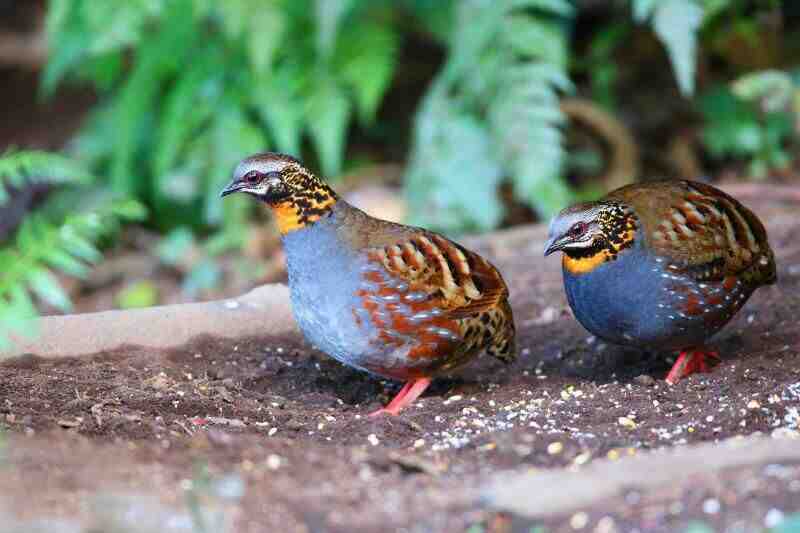
Arborophila torqueola
Arborophila torqueola
Hill Partridge, there are 5 subspecies.Hill Partridge is a resident bird. Th···

Harpactes erythrocephalus
Red Pigeon,Harpactes erythrocephalus,Red-headed Trogon
Red-headed Trogons are mostly single or in pairs; they live in trees, either···
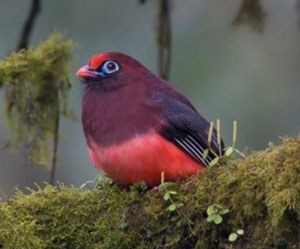
Harpactes wardi
Harpactes wardi,Ward's Trogon
The red-bellied trogon is a crimson and dark chestnut trogon. It has an oran···
